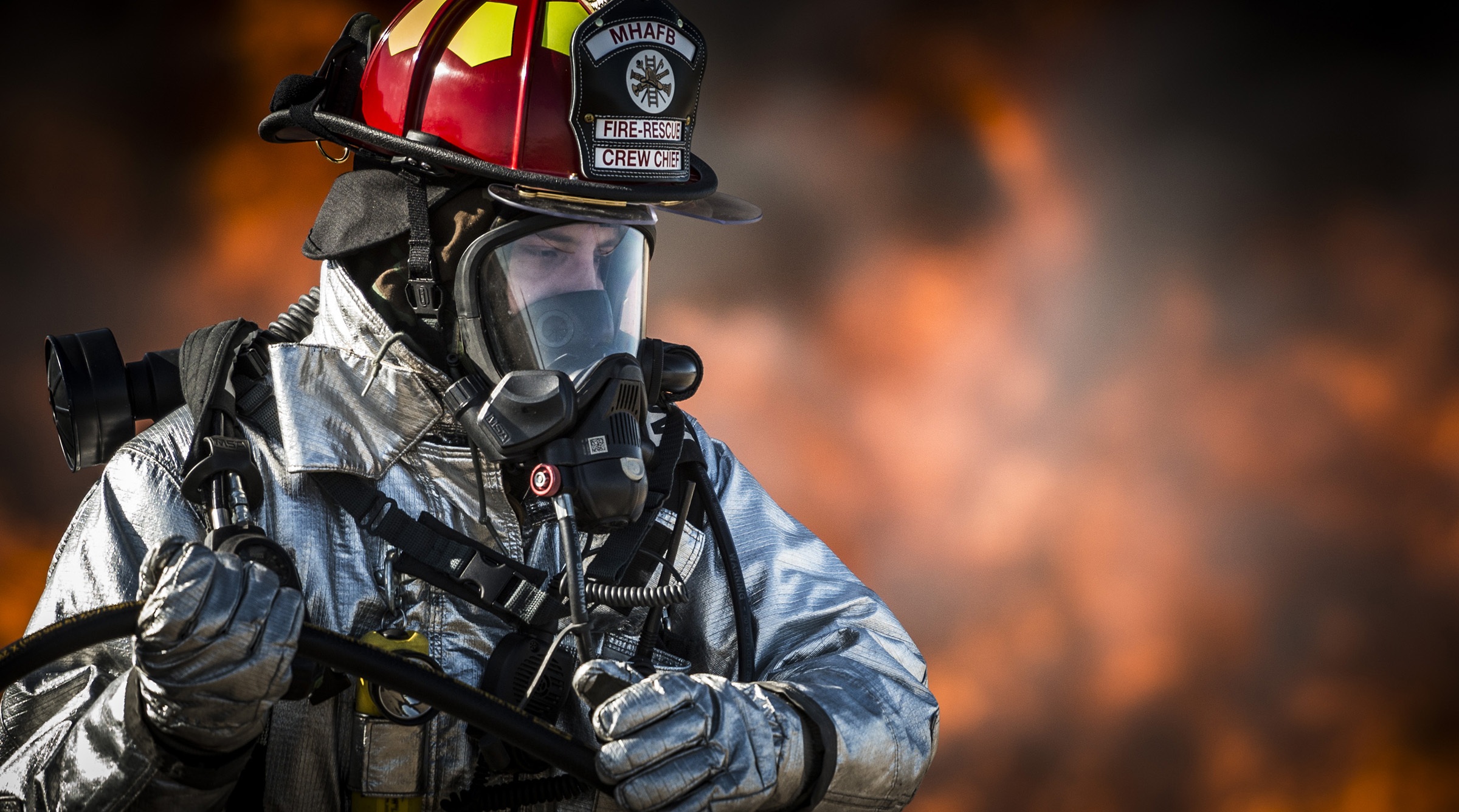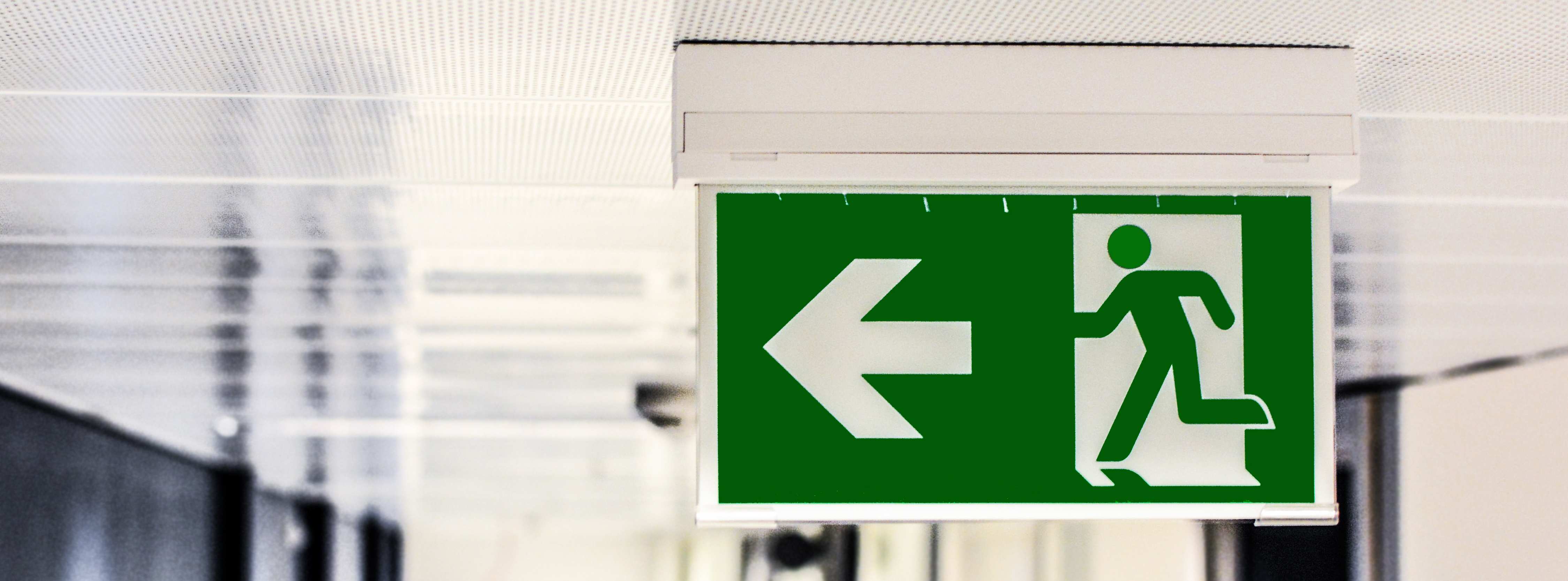Did you know that, on average, fire departments across the United States respond to over 358,000 house fires and 113,000 non-residential structure fires annually? Even more shocking is, in 2015, more than 1.3 million fires were reported resulting in $14.3 billion in property damage. While the number of structure fires has declined in the past 15 years, it has risen since 2012, making fire safety awareness incredibly important. The best way to protect yourself, whether against a house or workplace fire, is through preparation and planning.
House Fire Safety
Understanding the leading causes of house fires can help you avoid making the same mistakes. According to the National Fire Protection Association (NFPA), cooking equipment is by far the most common cause of house fires, followed by heating and lighting equipment malfunctions. It’s also important to note that more than half of injuries related to cooking fires occur because people attempt to fight the fires themselves. And, while it only accounts for 5% of domestic fires, smoking is the leading cause of house-fire related deaths, according to the NFPA.
Good fire safety is a matter of knowing what to do before, during, and after a fire. Creating clear contingency plans in the event of an emergency allows you and your family to quickly and safely escape the danger.
Start by avoiding dangerous habits that can cause fires in the first place. Keep flammable materials away from anything that gets hot, including stoves and space heaters. Avoid smoking indoors and always douse cigarette and cigar butts before disposal. Never leave an open flame unattended, even if it’s just a candle.
Preparation is the next step. Here is a helpful checklist to make sure that your family and home are ready in the event of a fire:
 Install and check smoke detectors on all floors of your home. Smoke detectors should be tested at least monthly. Replace batteries if necessary.
Install and check smoke detectors on all floors of your home. Smoke detectors should be tested at least monthly. Replace batteries if necessary.- Make sure everyone in your household knows where the fire extinguisher is stored and how to properly use it.
- Create a plan of action in case of a fire. Include a map, with at least two exits from each room and a path to the outside from every room. It can be helpful to practice your plan, especially with young children. Doing this often can prevent panic in an actual emergency.
- Create a communication plan, so that everyone knows who to contact if they can’t find one another. This should include teaching children how to call 911 and what to say.
- Make sure that children know what to do if they are alone. Teach them what the fire alarm sounds like and what to do when they hear it. Also teach them to Stop, Drop and Roll if their clothes catch on fire.
- Remind everyone to close doors as they exit each room on their way out. This can help prevent the spread of fire.
Studies have shown that in the event of a house fire, you have an estimated two minutes to escape before the fire becomes life-threatening. Therefore, knowing your emergency plan is crucial. You should also remember these safety tips to expedite and aid your escape:
- Alert others to the danger by yelling “fire!” several times before making your way out of the building. If you live in an apartment with an elevator, make sure you use the stairs. Don’t try to bring your possessions or save other people.
- Carefully test door handles before opening them. If they are warm to the touch, use an alternative exit. Don’t open doors with warm handles, because that is a sign that there is fire on the other side.
- If your escape is blocked by smoke, cover your face with a damp cloth and crouch or crawl under the smoke. Make sure you are breathing only through your nose. Remember to close doors behind you.
- If you find yourself trapped, keep the door closed and put a wet towel under the door to block smoke from coming through.
- Once outside, go to your designated meeting place and call 911. Don’t re-enter the building under any circumstances.
- Make sure that any sustained burns are cooled and covered to avoid infection and anyone with serious injuries is treated by a medical professional.
Workplace Fire Safety
In most cases, the steps to prevent a fire in the workplace are the same as those for a household. However, workplaces often require unique strategies for prevention and preparation. Here are some additional steps to keep your workplace protected:
- Keep work spaces clean. Unnecessary clutter can prevent easy access to exits and emergency equipment. Make sure all electrical panels are easy to access and have nothing stored in front of them.
- Put oily rags and other flammable materials in an isolated container and dispose of them regularly.
- Maintain machinery and equipment to avoid overheating or sparks.
- Report electrical hazards, such as faulty wiring or equipment malfunctions.
- Use and store chemicals safely and correctly. Make sure areas where these chemicals are used are adequately ventilated and that hazardous materials are labeled.
- Keep smoking confined to designated areas and ensure that cigarette butts are extinguished and disposed of properly.
- Keep emergency exits and firefighting equipment, including sprinklers, clear.
- Make sure that all employees know how to properly use a fire extinguisher.
Just as with home fire prevention, it is important to develop an emergency plan, make sure every employee is aware of it, and hold practice drills at least twice a year.
For more information on fire safety, visit the National Fire Protection Association’s website: http://www.nfpa.org/ and the Red Cross’s website: http://www.redcross.org/







